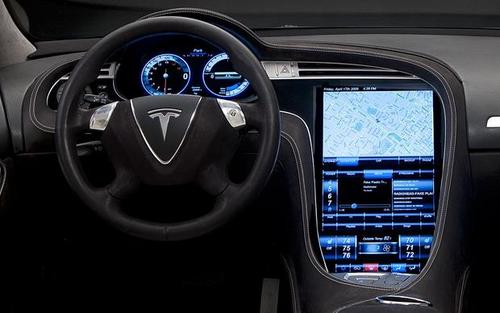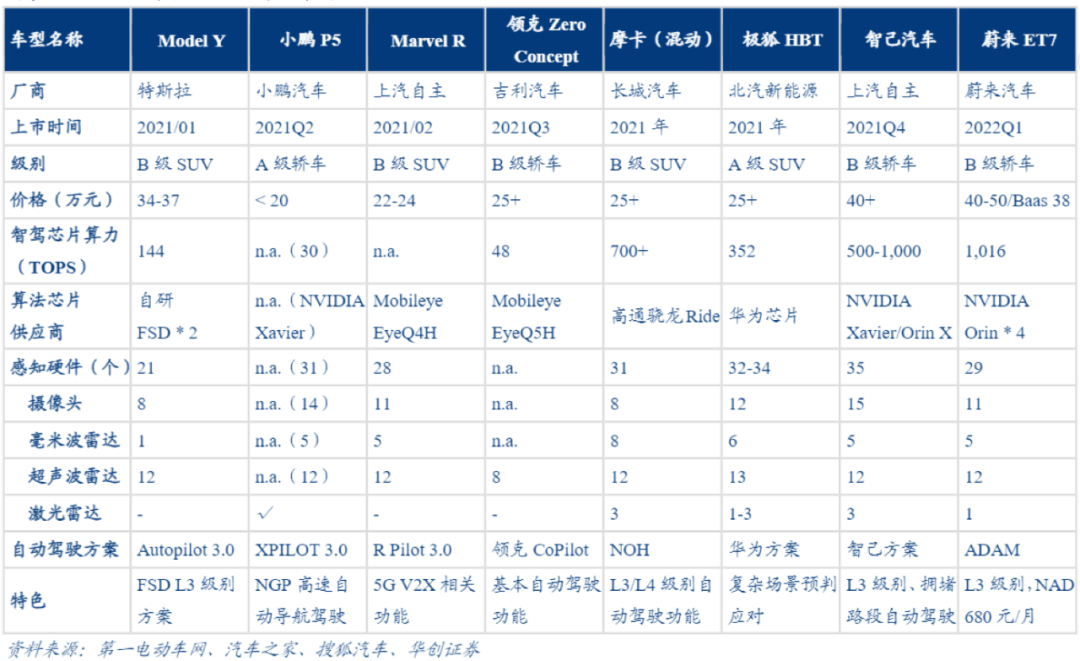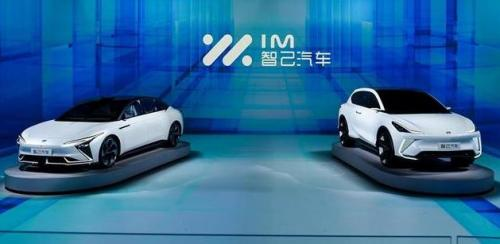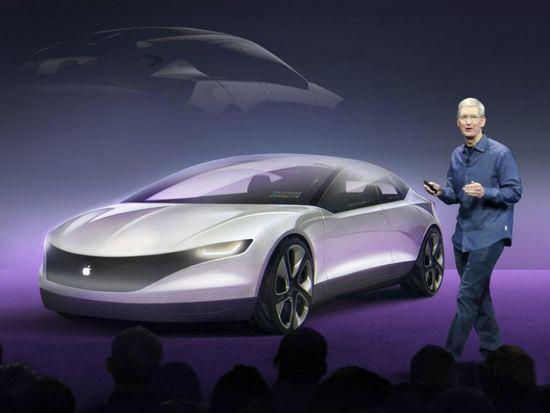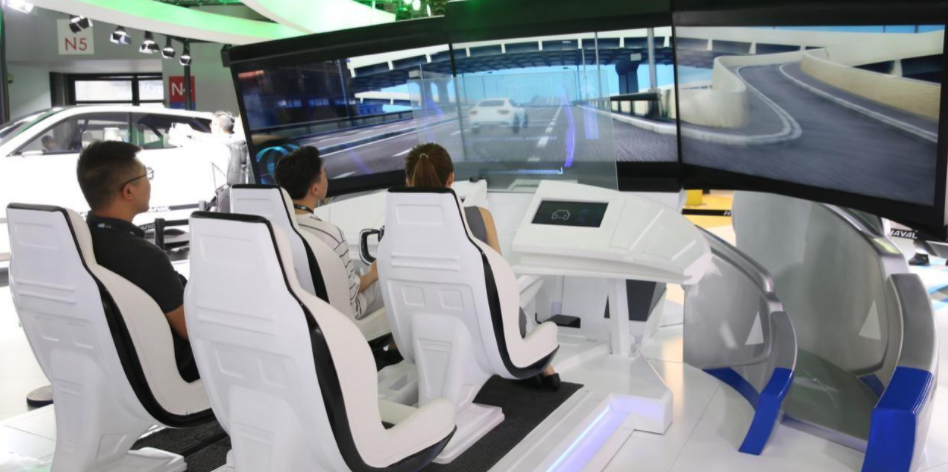When manufacturers are cooperating, large technology companies such as Apple will play a more critical role than traditional car companies in terms of technology research and development capabilities, software, chips, and ecological capabilities.
It seems that the light-packed technology manufacturers seem to be ushering in the first wave of gains on this tuyere: the new car company Tesla claims to be about to achieve L5 autonomous driving, and technology giant Baidu is in multiple cities. The autonomous driving taxi experience event was launched, and the panda smart bus created by AI company Shenlan Technology also obtained a commercial operation license in Wuhan…
So, what is the logic of smart driving for the big manufacturers on different tracks?
New energy for the confrontation between old and new forces is the first to sound intelligent
At a time when many traditional car companies and old drivers on the road are still frequently questioning autonomous driving, new energy vehicles and large technology companies flock to them, and take a closer look. It is the intelligentization and networking of automobiles.
From smart driving to autonomous driving, similar keywords have quickly become the market promotion and purchase hotspots for new car players since 2019.
Recently, an industry report by Huachuang Securities showed that, thanks to the trend of automobile intelligence, new energy vehicles in 2020 have clearly ushered in polarization: Tesla Model 3 and Wuling Hongguang MINI have become high and low gears respectively. New energy explosions.
On the one hand, Tesla Model 3 sold 137,000 vehicles throughout 2020, accounting for 27% of Tesla’s global sales and domestic B-class 62% share of pure electric vehicles. On the other hand, Wuling Hongguang MINI sold approximately 128,000 vehicles throughout the year, accounting for 46% of the domestic sales of A00-class electric vehicles.
In addition to the high-end Tesla and the low-end Wuling Hongguang, other brands have also made efforts. New domestic car manufacturers such as Weilai, Xiaopeng and Ideal have alsoIn total, it accounts for 8.7% of the sales of more than one million new energy vehicles.
The above-mentioned Huachuang Securities report also shows that with the increase in the proportion of the new energy market, in 2020, the automobile represented by OTA (the technology for remotely updating and repairing data and applications through the air interface of mobile communication) Intelligent technology has also begun to spread.
According to the evolution of the autonomous driving stage from L1 to L5, there are currently relatively many vehicles at the L2 level of autonomous driving, such as parallel assist, lane departure warning, lane keeping, traffic sign recognition, vehicle warning, adaptive cruise system, and automatic parking. ADAS solutions such as vehicles have begun to be equipped with vehicles as standard, and vehicle OTA capabilities have basically become standard.
Compared with traditional fuel vehicles, loading applications such as super-large central control screens, 5G systems, AI voice assistants, in-car entertainment systems, automatic driving options, AR-HUD, and panoramic sky screens have also begun to increase.
In 2021, this kind of intelligence is more obvious: the level of autonomous driving has begun to evolve to L2+. Among the new features of many cars, in addition to the increase in the penetration rate of the ADAS solution, the chip computing power, the number of sensors and other indicators Began to become an intelligent new way of comparison.
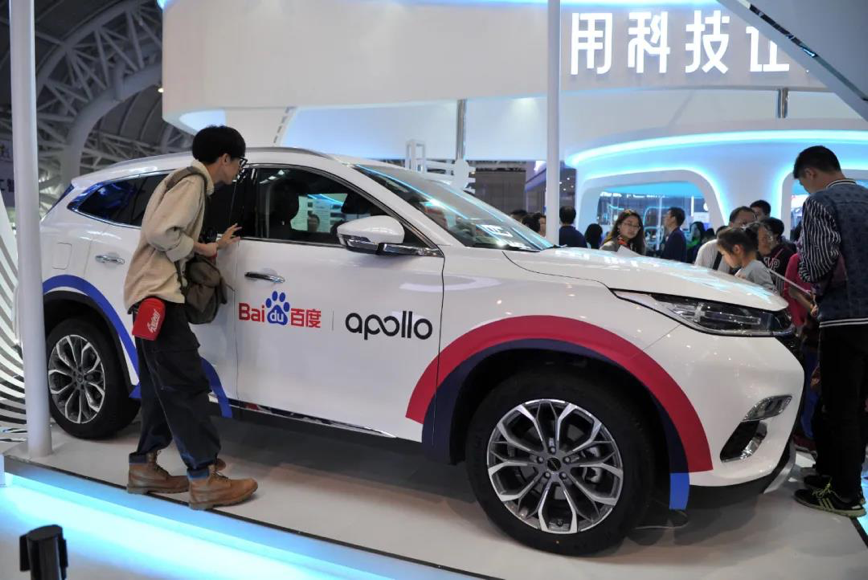
Compared with Tesla ModelY, some domestic auto brands have spent more energy on chip computing power and perception hardware in the upcoming new cars. According to professional terms, some models will be Power can even exceed 1,000 TOPS.
Under this trend, the chip supply chain has become the key. At present, apart from Tesla and Huawei’s self-developed capabilities, Chinese car companies still use chip solutions from NVIDIA, Qualcomm, and Mobileye. Therefore, the redundancy of chip computing power will not become a barrier to competition in the short term.
At the same time, sensor fusion has become a major trend in perception hardware. Many car companies have begun to value the configuration of cameras, millimeter wave radars, and ultrasonic radars. Lidar has become a key point in the development of perception hardware in the future, because it can be used in the future. Long-distance and complex road conditions provide stronger perception.
In the ultimate direction of intelligent driving, autonomous driving, automatic parking and adaptive cruise are graduallyIt has become the standard equipment for new energy vehicles to focus on intelligent driving, and auxiliary capabilities such as high-speed automatic navigation, signal light recognition, parking call, high-speed automatic navigation, and automatic driving on congested roads have also become differentiated selling points.
Even some autonomous driving solutions close to the L3 level will be unveiled on new cars such as Xiaopeng, Weimar, and SAIC Zhiji. All signs are appearing. Intelligentization is by no means the “not yet a climate” trend in the eyes of old drivers.
Comparison of the intelligent trend of some new energy brands in 2021:
When Weilai’s new product was released not long ago, Li Bin, the head of Weilai, said that he was benchmarking against Apple, which not only excited the domestic new energy circle and car fans, but also caused disagreements. Small criticism.
The president of Xiaopeng Motors also released a “big word” in the media. The third model will be delivered in the fourth quarter of this year. There will be more than 40 new features, including a new type of “high-speed autonomous navigation driving” “Function”, said it will completely change the way China’s mass-produced cars handle autonomous driving.
New gameplay of the big technology manufacturers
Since 2014, technology companies represented by Google, Baidu, and Microsoft have begun to enter the car first, trying to focus on key software and hardware such as computer vision, deep learning, and GPU. , To build an L4 level driverless car in one step.
Subsequently, when Ford, General Motors, Volkswagen and other traditional big car companies began to adopt defensive entry, and explore autonomous driving research projects based on traditional advantages such as vehicle manufacturing capabilities, sales channels and services, Didi and Ali , Baidu, Apple, and Xiaomi began to appear on the automotive stage.
The direction that Didi is aiming at is the design of online car-hailing: 4 months ago, Didi Chuxing officially announced a customized online car-hailing product at the “Open Day” event, which is said to be designed for online car-hailing passengers and Driver design.
AlibabaIt seems to have suddenly released a bomb for the market to “make a new brand for a complete vehicle”: Three months ago, the high-end smart pure electric vehicle project jointly created by SAIC, Pudong New Area and Alibaba was officially released, and Settled in Zhangjiang Intelligent Park, Pudong New Area.
Baidu clearly defined its role as a vehicle manufacturer from the very beginning: 1 month ago, Baidu announced that it would formally form a smart car company to enter automobiles as a vehicle manufacturer Industry, Geely will become its strategic partner. But in fact, Baidu has extended its financing tentacles to several auto brands such as Weimar in the past few years. Its AVP autonomous parking technology first released at the 2020 Baidu World Conference is a technology that cooperates with Weimar, saying that it can realize specific scenarios. L4 level unmanned driving.
Apple has also recently been rumored to release its first electric car, AppleCar, in September 2021, and its prototype has been tested on the road in California.
This month, as soon as the news of Xiaomi making cars came out, the topic of big technology companies getting together in the auto industry set off another round of heat. But before this, multiple news related to Xiaomi and automobiles have already reflected Xiaomi’s ambitions in the automotive field. In addition to co-founding a joint laboratory with BYD, its Xiaomi mobile phones also have built-in car keys for BYD and Xiaopeng, and also support functions such as intelligent control of Weilai Auto. Earlier, Xiaomi also signed a smart car with FAW Car Cooperation agreement.
While the major technology companies are active, traditional car companies and capital institutions are not reluctant to stay in the cold, and promote the rise of technology startups. NuTonomy, Shenlan and other AI companies with advantages in vertical fields have also appeared in the smart The driving/autonomous driving market has become a segmented technology provider in the industry chain.
Because with the rapid development of intelligent network and autonomous driving technology, AI has undoubtedly become the core of intelligent driving technology. The data shows that in the context of software-defined cars, nearly 90% of innovations in the automotive field come from software rather than mechanical systems. Even with the advancement of technologies such as autonomous driving, 60% of the value of cars will come from software.
When it comes to technical thresholds, Google Waymo has nearly a decade of real-vehicle road test data and patent barriers. Lidar alone has more than 200 patents. Baidu has formed a complete set of automation in the fields of LBS, big data and artificial intelligence. Driving technology solutions, Deep Blue Technology’s deep learning architecture, machine vision, bio-intelligence recognition and other artificial intelligence algorithms to improve the operation accuracy and speed of unmanned vehicles and other key indicators have also been favored.
Different from the intelligent driving of small cars, large vehicles such as buses and buses need not only to achieve a balance between performance and safety, but also need to cooperate with the perception domain subsystem, decision control subsystem and wire-controlled chassis system. .
For this reason, the commercial “Panda Bus” in 2020 can travel at a speed of more than 50 kilometers per hour, like a normal motor vehicle. In actual measurement, its intelligent networked traffic light recognition accuracy rate and obstacle recognition accuracy rate exceeded 99%. Coupled with hand pulse recognition technology, high security level abnormal behavior monitoring system, voice interaction system and other capabilities, the capabilities of AI companies make large The car also took the lead in road testing in the field of public transportation.
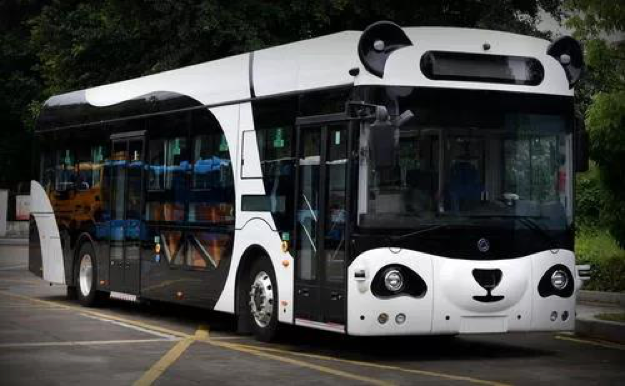
At the same time, self-driving cars that converge key technologies such as chips, software and hardware, car networking, and car-road collaboration have also become a strategic place to enter the country’s vision. This also gives the smart car gameplay of major technology companies more opportunities. And challenges.
But the auto industry also has different voices towards the gathering of major technology companies. For example, according to an automotive industry analyst, technology companies enter the automotive industryIt is “a misunderstanding” to build a complete vehicle. “Technology companies are more suitable for sharing the software part that accounts for an increasing proportion of the industry value chain.”
However, it is clear that the big technology companies value not only software, but also the whole vehicle, and even plan greater ambitions in the ecosystem.
